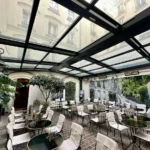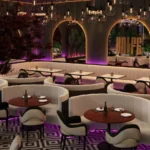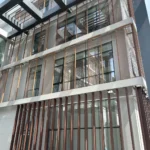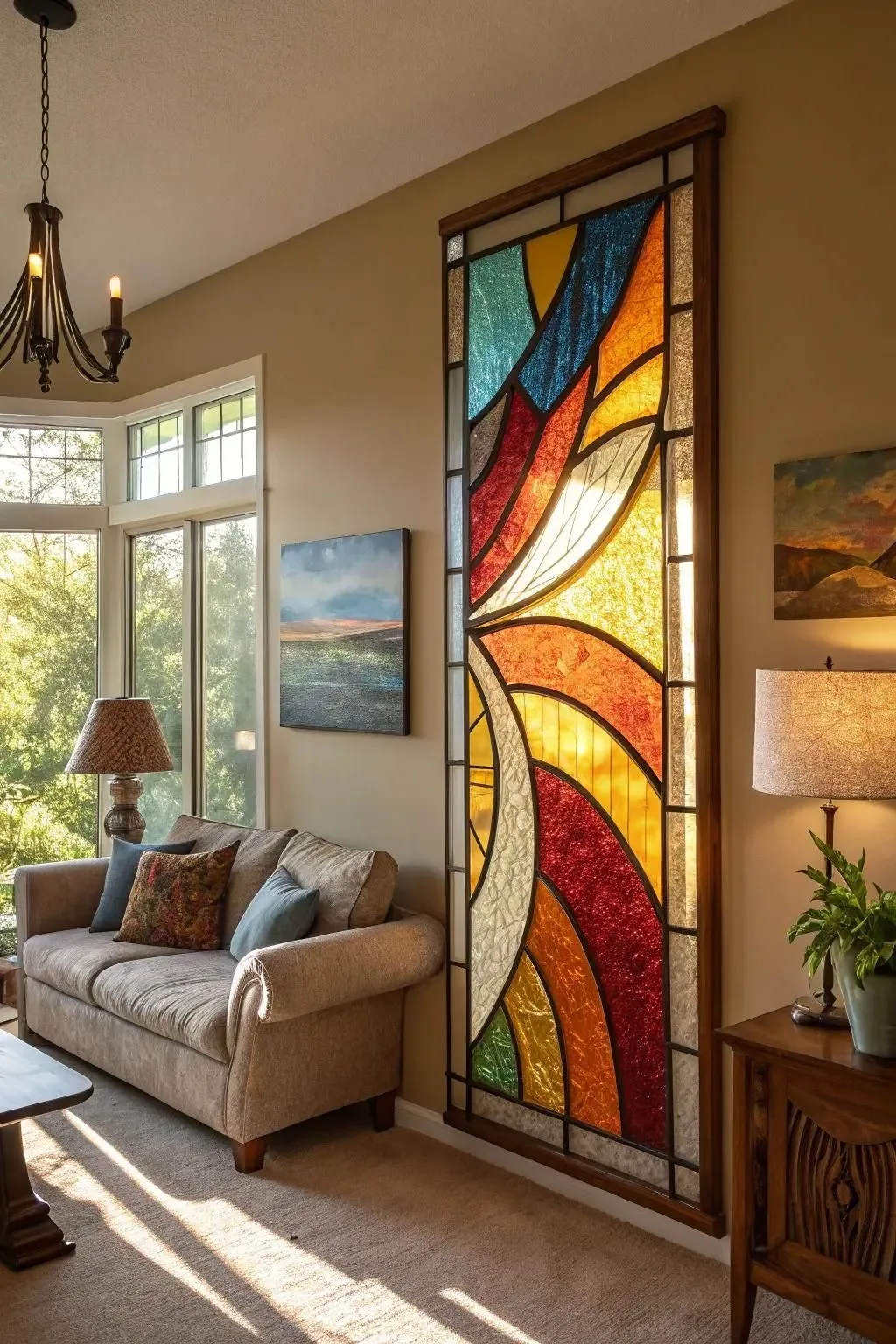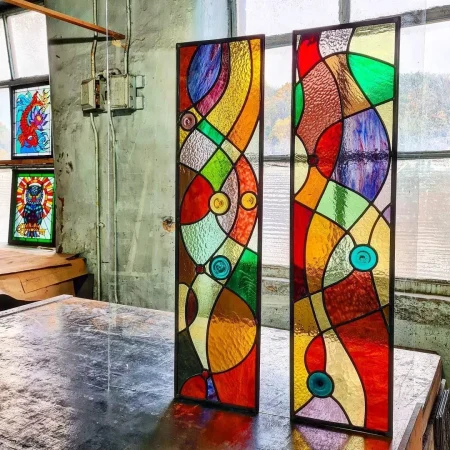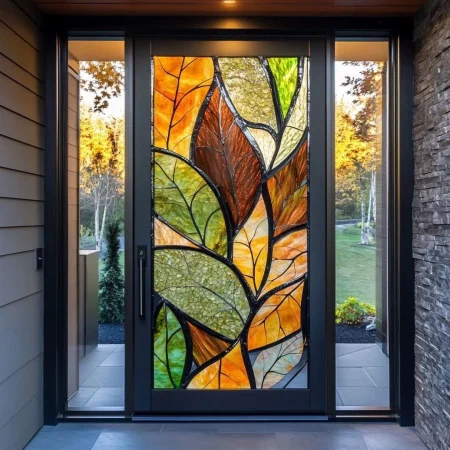Stained Glass Art
Tiffany Technique, Cathedral Glass, and Color Varieties
Stained glass windows and decorative glass elements have been one of the most inspiring details in architecture for centuries. They combine art, light, and color to create unique atmospheres in homes, restaurants, religious buildings, and luxury projects. In this article, we’ll explore the history of stained glass, the Tiffany and Cathedral techniques, and the most popular stained glass types and colors used today.
Tiffany Stained Glass Technique
The Tiffany technique, developed in the 19th century by Louis Comfort Tiffany, introduced a new era in stained glass art. In this method, glass pieces are wrapped in copper foil and soldered together.
- Perfect for detailed designs and fine patterns
- Allows the use of very small glass pieces
- Creates soft, elegant lines and flowing shapes
Tiffany stained glass is still widely used in luxury lighting, interior decoration, and custom-designed furniture elements.
Cathedral (Leaded Glass) Technique
The Cathedral technique (also called leaded stained glass) is the classical method of joining glass pieces with lead cames. This method:
- Ensures durability for large façades and windows
- Creates strong, dramatic light effects
- Is often seen in churches, cathedrals, hotels, and luxury residences
Cathedral glass continues to be one of the most popular stained glass styles worldwide for both traditional and modern projects.
Stained Glass Types and Color Options
Choosing the right type of glass is essential in stained glass design. Here are the most common stained glass materials:
- Opaque glass: Softens light, creates privacy and diffused color effects
- Transparent glass: Maximizes brightness and vivid color transmission
- Opalescent glass: Shifts between milky and colorful tones depending on light
- Laminated glass: Provides extra strength and safety for large installations
- Textured glass: Rippled, frosted, or bubbled surfaces that create dynamic light play
- Colored glass: Available in a wide palette (blue, red, green, amber, etc.) enriched with metallic oxides
By combining these glass types with either the Tiffany or Cathedral technique, architects and designers can achieve stunning, customized results.
Why Stained Glass Still Matters Today
Modern architecture uses stained glass not only for decoration but also as a functional design element. It enhances natural lighting, adds privacy without blocking daylight, and creates an ever-changing atmosphere as the sun moves. For restaurants, hotels, or private residences, stained glass is a timeless investment in style and identity.
